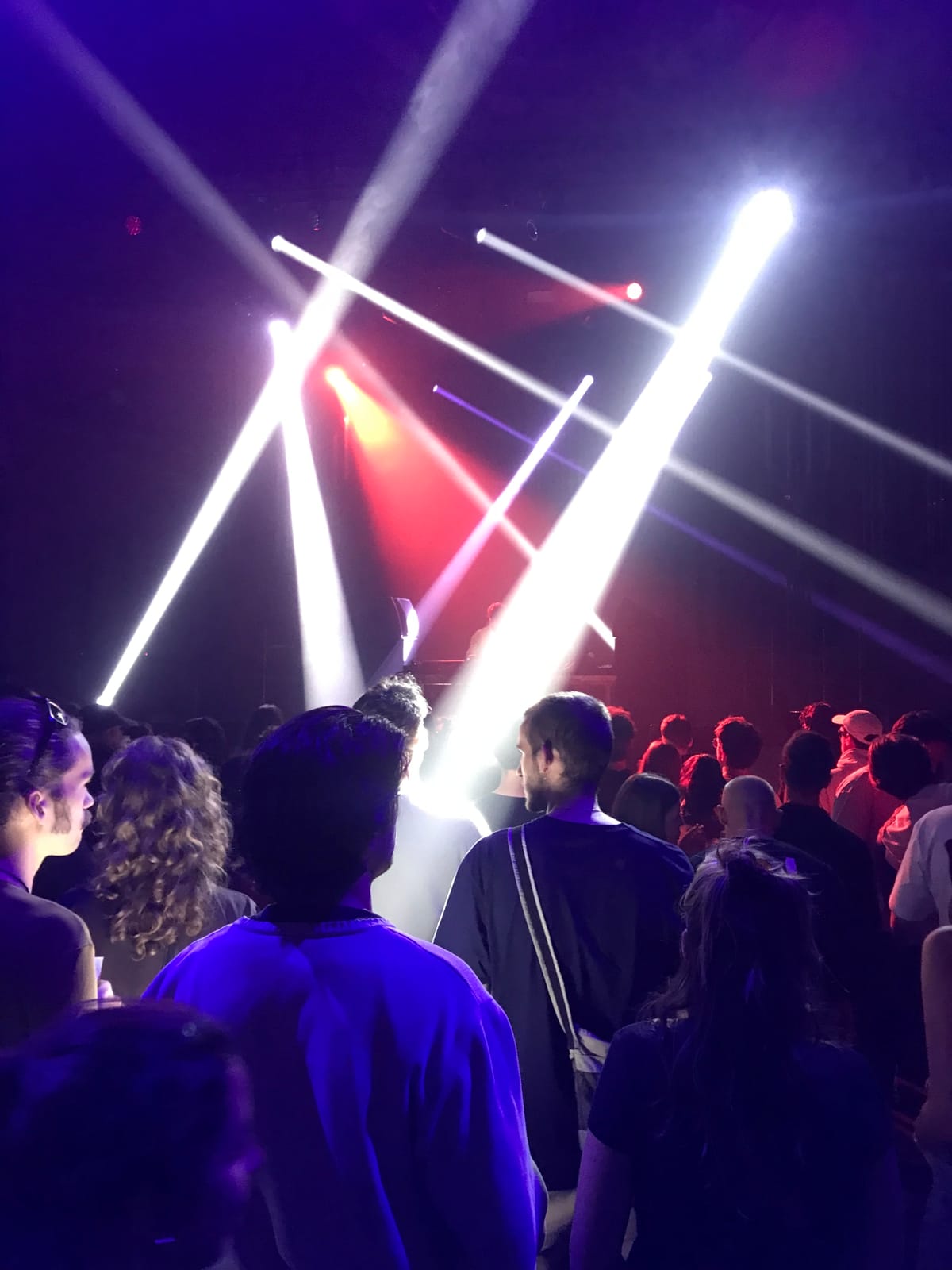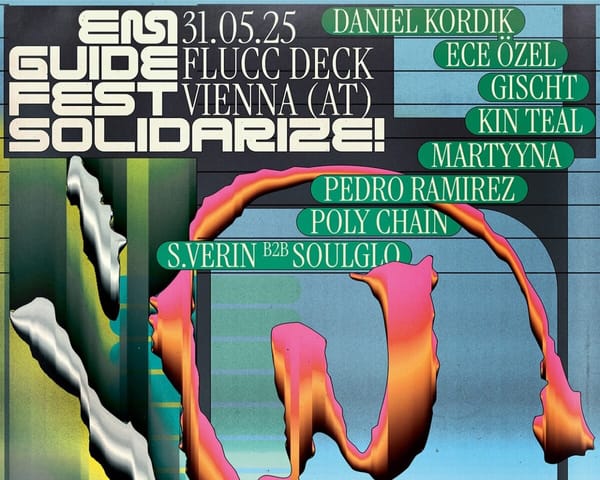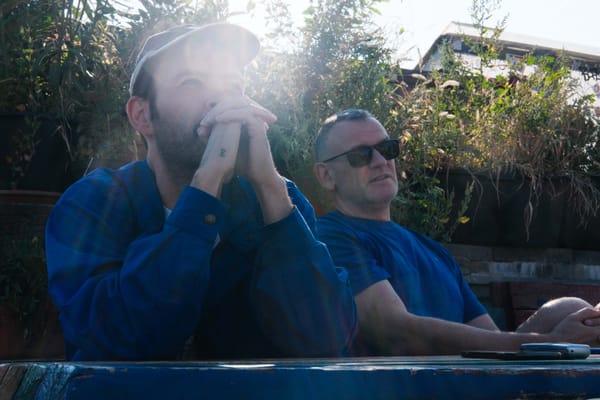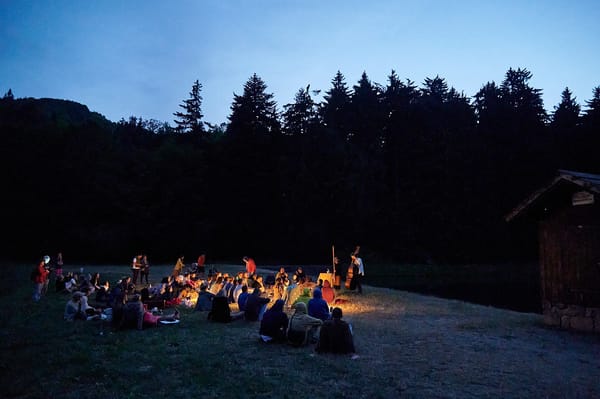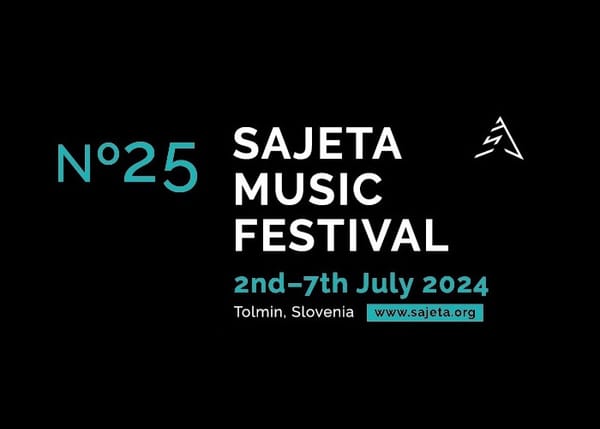Register for free to receive our newsletter, and upgrade if you want to support our work.
“Noisy nights” – answered the guy as we crossed the parking lot of Charleroi Airport, when I asked him about the name of the ‘Nuits Sonores’ festival I was about to visit.
“Sounds good to me” – I thought and we entered the highway to Brussels in the October rain.
Exported from Lyon, Nuits Sonores – an electronic and contemporary music festival – reached its sixth edition in Belgium this year, spanning over multiple venue locations and musical genres.
The official opening of the festival took place on the 12th of October in the impressive main hall of Bozar, the Centre for Fine Arts in Brussels. Smoke and haze covered the stage at 20:00 and Caterina Barbieri came, saw and conquered. I saw her live set just a few weeks ago at INOTA, so I wasn’t surprised by the huge plastic curtains and the minimalist instrumental setting on stage. We all sank into her world as she captured the attention of the practically full house audience. The increasing smoke combined with the video screening and excellent lights created the perfect atmosphere for Barbieri’s dream-like music and she was in the very eye of this storm that she invoked upon us with her witchcraft. The delayed sequences of her synthesizer filled the time and the space completely, as well as my senses; it was an absolutely outstanding and remarkable opening of the festival.
The second act of the opening day was performed by David August, presenting his latest album VIS. Being unfamiliar with his music I had no expectation when I sat down in the hall, still, I got quickly disappointed. I had a feeling that I was listening to some cinematic soundtrack of an animated cartoon of Disney with some dramatic compositions and carefully located rings of bells for the best effect. For me, the many instruments, including an accompanying full percussion set, and the light-show with haze, were just covering the fact that the music is rather mediocre and lacks originality. This feeling was further strengthened by the appearance of two dancers from the smoke that covered the stage, along with some theatrical moves that were not in line with the music itself. Sorry David, it was just not working for me on that night, that’s why I left after half an hour.
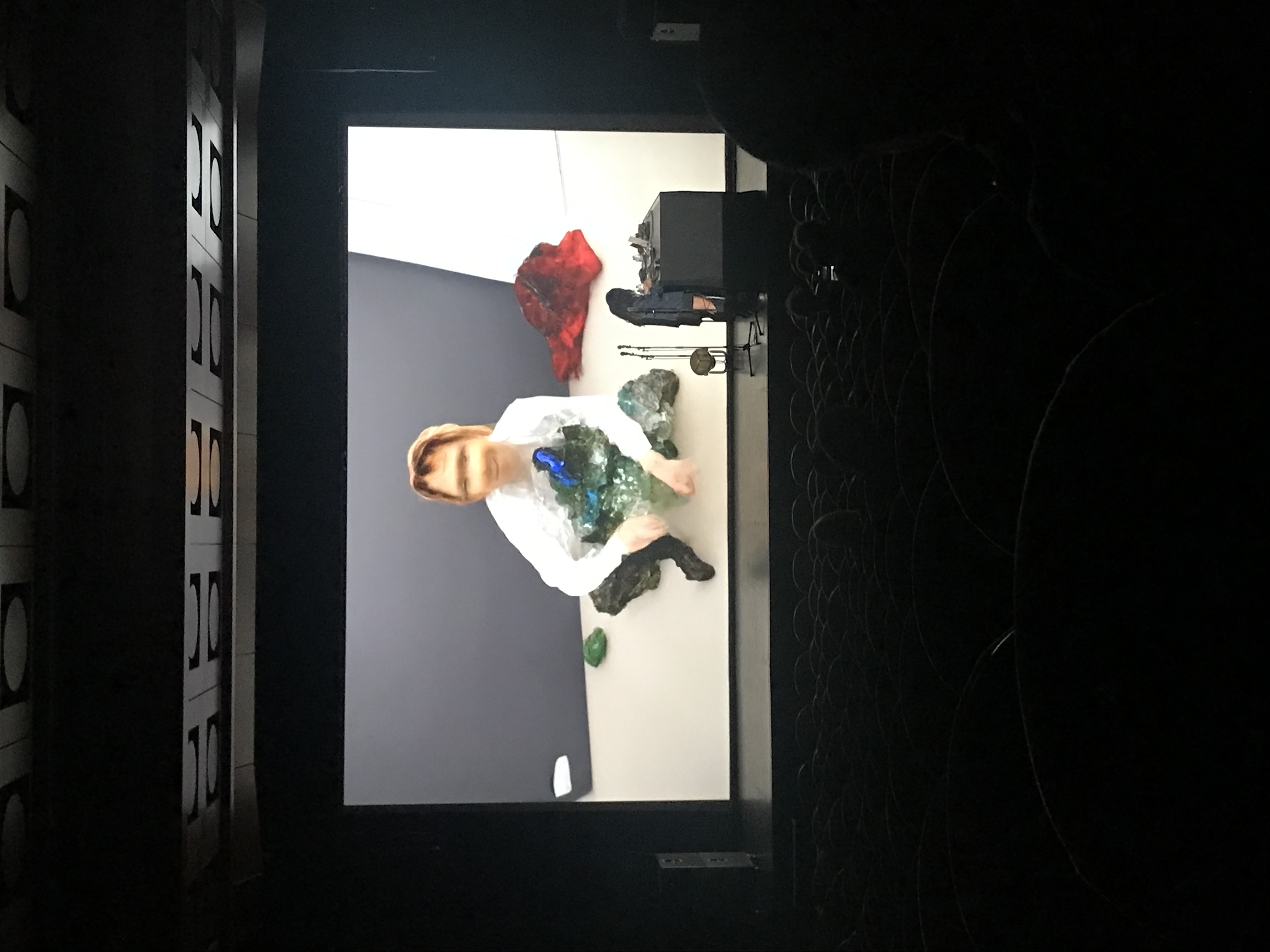
On the next day, I spent most of my time attending the panel discussions at European Lab. The festival is not solely dedicated to concerts, but a series of debates are also integrated in the programme, focusing on the state and relations of independent media. These discussions took place in a separate wing of Bozar, where in addition to the main hall, two other concert locations were also open for the night. The Horta Hall seemed like the entrance hall of the Bozar exhibitions, which was now transformed into a party zone, where djs played club music. And M Hall was a small seated movie theatre, where audiovisual performances were held. I could only go to the opening performance by Portrait XO, but her AI driven weird visuals and poppish live set grabbed me and nailed me to my seat immediately. I could get lost in her show easily, and before it finished I had to go back to the European Lab discussion about the grassroot scene of Budapest and Vilnius (as a speaker). These debates are certainly a good initiation from the organisers, providing valuable additions to their colourful program. After the sessions were closed, I went back to the main hall of Bozar to see the night’s headliner and curator: Richie Hawtin, aka Plastikman. It was already a challenge to enter the hall, queues were forming in front of the entrances, but I managed to somehow get in through the balcony, which was also completely packed. To my great surprise, the main hall has also been transformed into a dance hall, by having most of the seats removed from the ground floor and expanding the PA system significantly. Accordingly, Richie Hawtin’s show turned into a big dance-disco party, people shuffling among/on top of the remaining seats as well, while he was delivering his techno set with harsh, trembling bass.
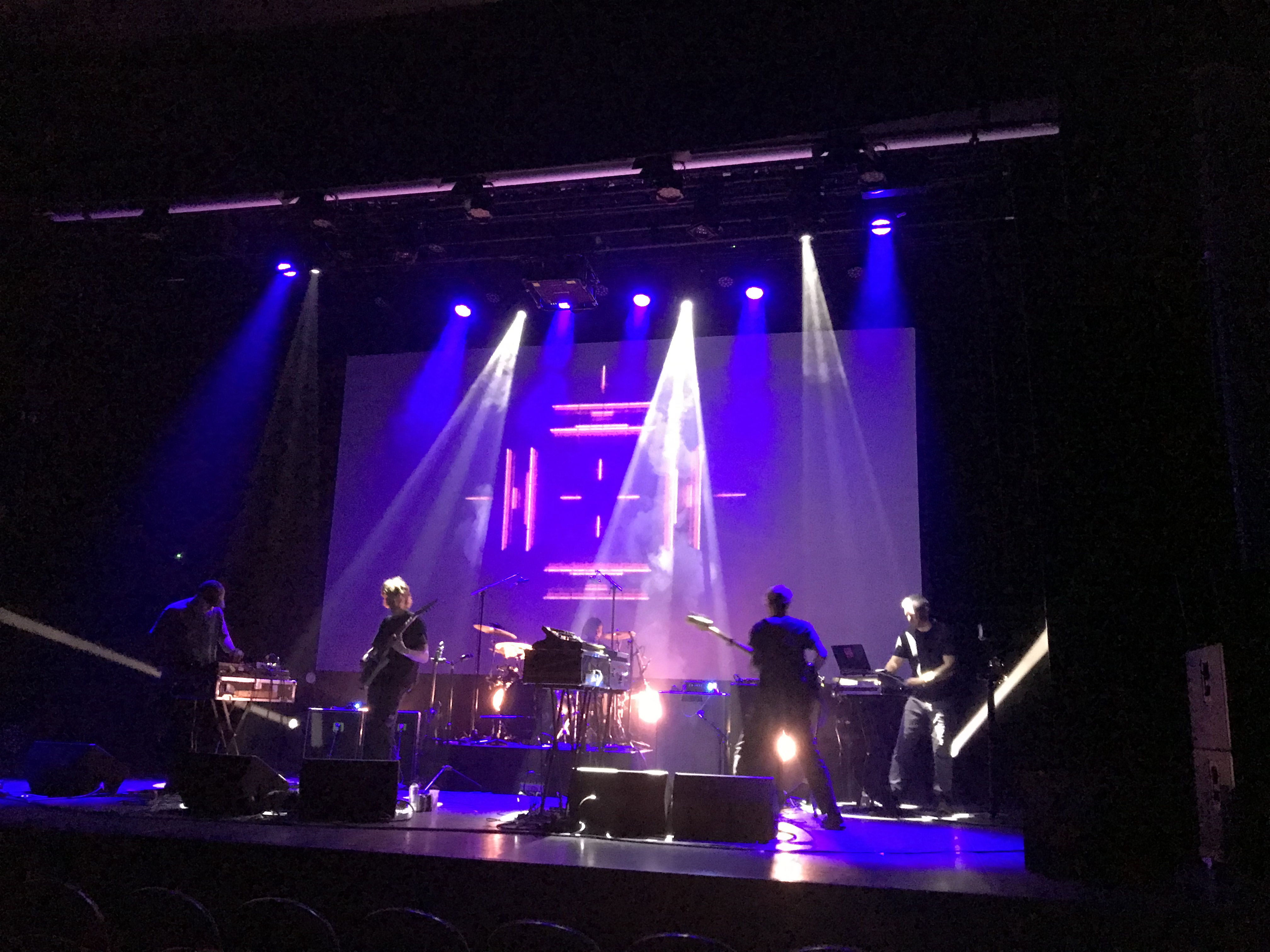
Nuits Sonores spreads over different venues in Brussels: not only Bozar, but Reset, C12, Les Ateliers Claus, Brasserie Illegaal and Lavellée also gave home for different musical adventures. To my great sadness, I had to choose between these events on Saturday and I eventually ended up in Bozar again first. The night was curated by HAAI, and again, offered three rooms for exploring music. Belgian composer Dienne opened the night in the M Hall using analogue instruments of oboe and piano together with electronics and vocals. It was an intimate performance which she and the audience (including me) enjoyed together as she gradually spiced up her looped textures with additional beats on top. After her show, I rambled back to the dance-floored main hall to check out the live set of Karenn: the techno project of Blawan and Pariah (see cover picture – editor). It was a very professional set, but the duo didn’t give me the impression that they were enjoying their own show; neither was I. It was refreshing to see HAAI coming on stage right after Karenn, with her huge smile and great energy shared with the enthusiasm of the audience. I wished I could stay longer, but I wanted to go back to the M Hall to see the first seated live show of SCALER (formerly known as SCALPING). Which happened to be a half-truth only as the show started to unfold: the five piece band using guitar, bass, drums, electronics and live visuals was like a double-espresso that keeps you awake during the whole night. This outburst of energy radiated over the audience, and after two or three tracks, people started to stand up and dance between the seats. And again, I wish I could stay till the end of their concert, but I wanted to reach the shows in the Reset venue as well, curated by PAN.
Located just within a 10 minutes walk from Bozar, Reset is a rundown building which has been transformed into a venue. And what a venue! I just arrived for the start of the Amnesia Scanner show, which was in the Club of Reset. It sounded like the German-Finnish duo was playing snippets from their albums, almost sewing together ideas like a patchwork, instead of presenting tracks in their entirety. But this collage was working very well that night, especially combined with the duo’s excessive use of stroboscopes within the stripped down walls and industrial vibes. After their show, I had just enough time to climb the stairs to the Auditorium of the Reset building to reach Puce Mary’s performance. The room itself was absolutely fantastic: as the name suggests, it was an old, small auditorium-like hall with its original red-carpeted seats facing a small stage which was (I suppose) used for talks and presentations of some company in the past. And in the present it was a stage for experimental/noise/industrial shows, with the help of a minimalist red dim lightning, smoke machine and powerful sound system. In this setting, Puce Mary came without a word and started playing relatively quietly, representing more of her latest musical outputs in the field of experimental, dark-ambient genre. By the end of the first 10 minutes, the Auditorium was completely full, ~200 people witnessing how she was slowly building up her set, shifting the focus more into the harsh regions of industrial and noise, such as in her early records. It was a fascinating and captivating performance, an immersive sonic journey reaching a climax, and then gradually softening back to its initial, ambient world. I don’t think I will ever forget this show..
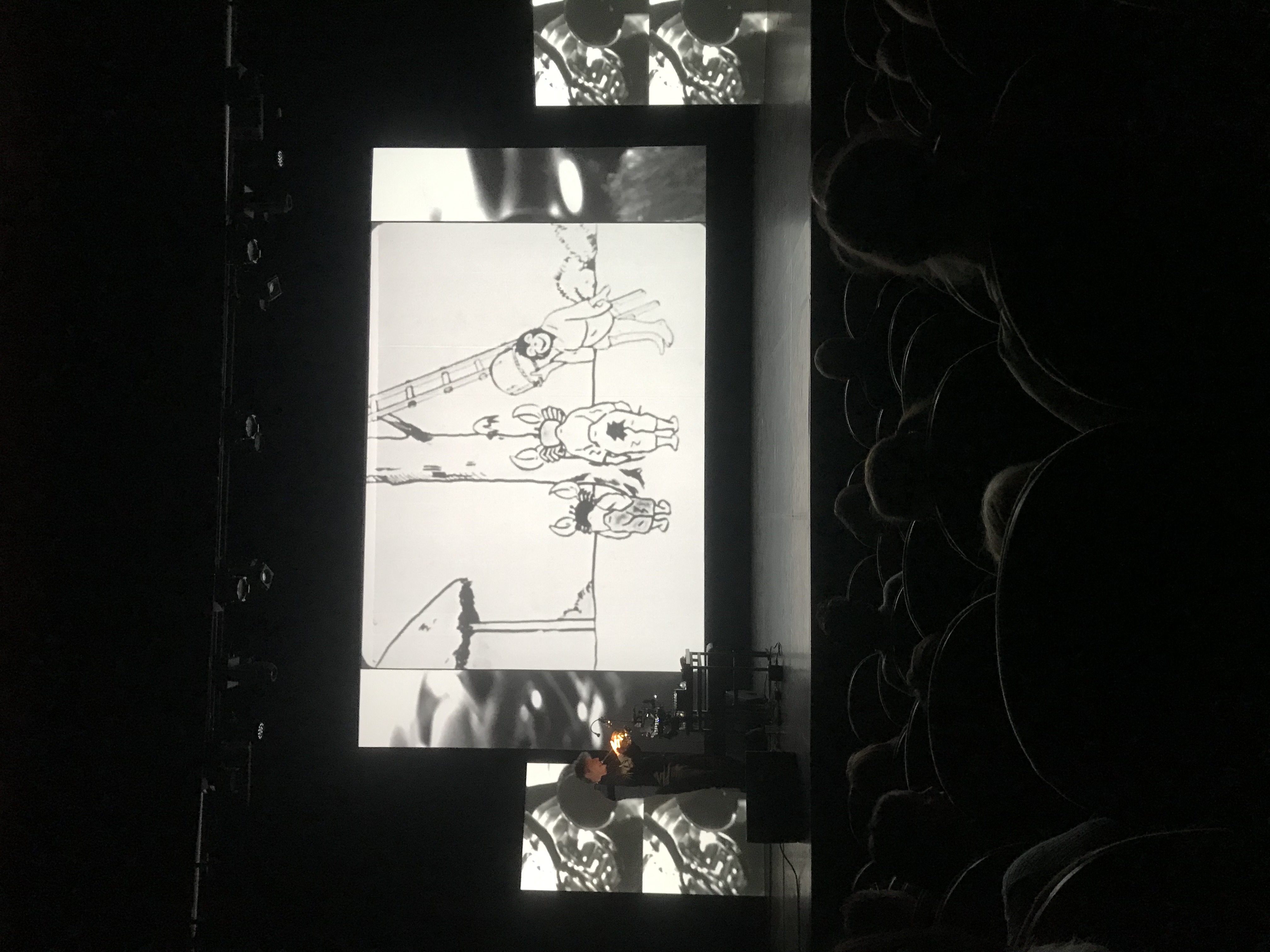
The festival’s last day was Sunday, when I had to catch my flight back to Budapest. However, I still had time to go back to the M Hall of Bozar in the afternoon, to see Pierre Bastien’s live soundtrack accompanying animated shorts from the 1920s of Japan. I was observing the hall as it started to fill up slowly with a very diverse audience, with many families bringing their children for this event. I always thought that Bastien is a genius with his self-built mechanical instruments and playful experimentation, and this concert just further convinced me about this. He was following the screened animations with a lot of humour, and in the most creative and imaginative ways. His humility was almost tangible. Children’s chuckles were mixed with the sound of strange instruments, as hundred year old Japanese cartoons were projected along with the live camera footage of Bastien’s micro orchestra. It was a beautiful experience, and I must say again, a very positive initiative from the organisers to transmit the joy of (experimental) music for the future generations.
At the airport, I was digesting these dense days and the many ideas I have seen. Yet, I don’t know exactly what Nuits Sonores Festival is, because there are so many different things in the program that the intention remains ungraspable somehow. Which is good.
All images are by luspy.


